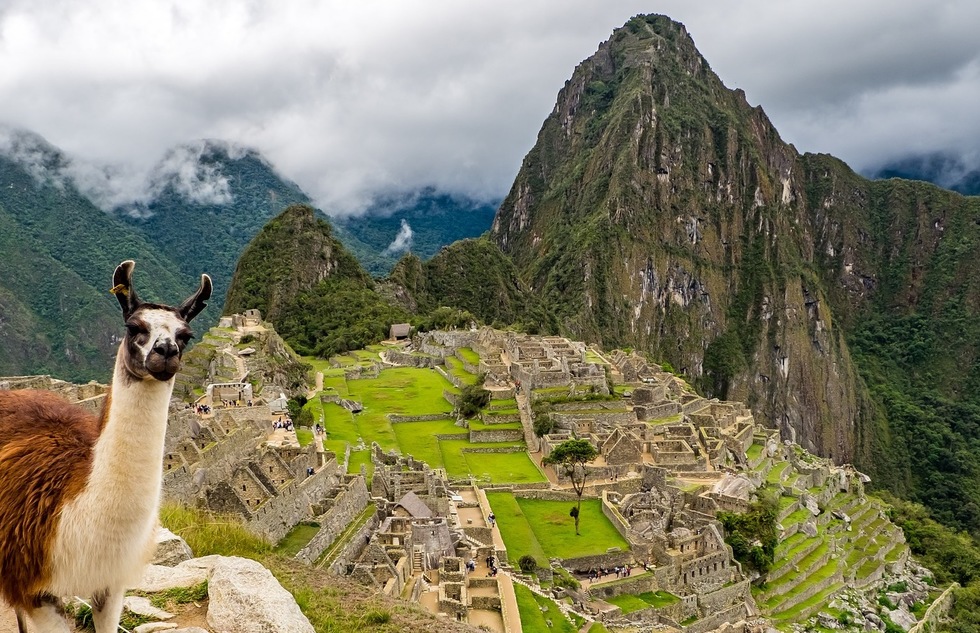Machu Picchu, the world-renowned Inca citadel in the Andes of southern Peru, reopened to tourists this week after a nearly monthlong closure due to antigovernment protests.
Peruvian news agency Andina reports that the decision to resume operations at the site came as a result of agreements made by municipal authorities, social organizations, and the tourism industry to "ensure [the] safety of the monument and [its] transport services."
But can they ensure any such thing? Rail service in the Cusco region, which includes Machu Picchu, has been particularly disrupted by the demonstrations. At one point a blockade on the tracks ground trains to a halt entirely.
Nonetheless, Peru's Ministry of Culture claims that Machu Picchu will once again offer "the same conditions, schedules, and routes that were established before its closure."
That happened on January 21, following weeks of sometimes violent protests across Peru. The demonstrations began in December, when former president Pedro Castillo was removed from power and imprisoned for trying to dissolve Congress. Protesters are now calling for the resignation of Castillo's successor, Dina Boluarte, and other leaders.
More than 50 people have died, whether in clashes with government security forces or traffic accidents relating to road blockades. As the Associated Press reports, the government had to airlift more than 400 stranded tourists out of Machu Picchu by helicopter when the citadel was forced to close near the end of January.
The ongoing civil unrest in Cusco, Lima, and elsewhere in Peru is one reason the U.S. State Department currently advises Americans to "reconsider travel" there. "Demonstrations can cause the shutdown of local roads, trains, and major highways, often without prior notice or estimated reopening timelines," the government warns.
That said, Peru has made an effort to beef up security along the country's primary "tourist corridors" connecting cities, airports, and important sites including Machu Picchu. The newly established Tourist Protection Network involves increased video surveillance and police patrols on the country's major roads, and there's a smartphone app that tourists can download to request assistance in case of emergencies.
If you already have a planned trip to Machu Picchu scheduled for the near future and you intend to go through with it, now would be an excellent time to familiarize yourself with the ins and outs of travel insurance. You'll want to check your coverage for health care, emergency evacuation, trip interruptions, and other expenses. Keep in mind that your employer-sponsored health insurance, credit card, and homeowners insurance might cover some travel costs.
International tour operators like Intrepid and G Adventures are moving forward with their upcoming Machu Picchu itineraries, according to the companies' websites. Prices appear to have been slashed for trips to the region, suggesting consumers are feeling skittish about the notion of a Peru vacation at the moment. Before you purchase, be sure to read up on the tour operator's cancellation policy—ditto for airline tickets and accommodations bookings—in case you need to back out or postpone.
Finally, consider registering your trip with the U.S. State Department's Smart Traveler Enrollment Program (STEP) so that you can receive travel and security updates about your destination and so that the U.S. government can locate you in the event of an emergency.
Stay safe!







